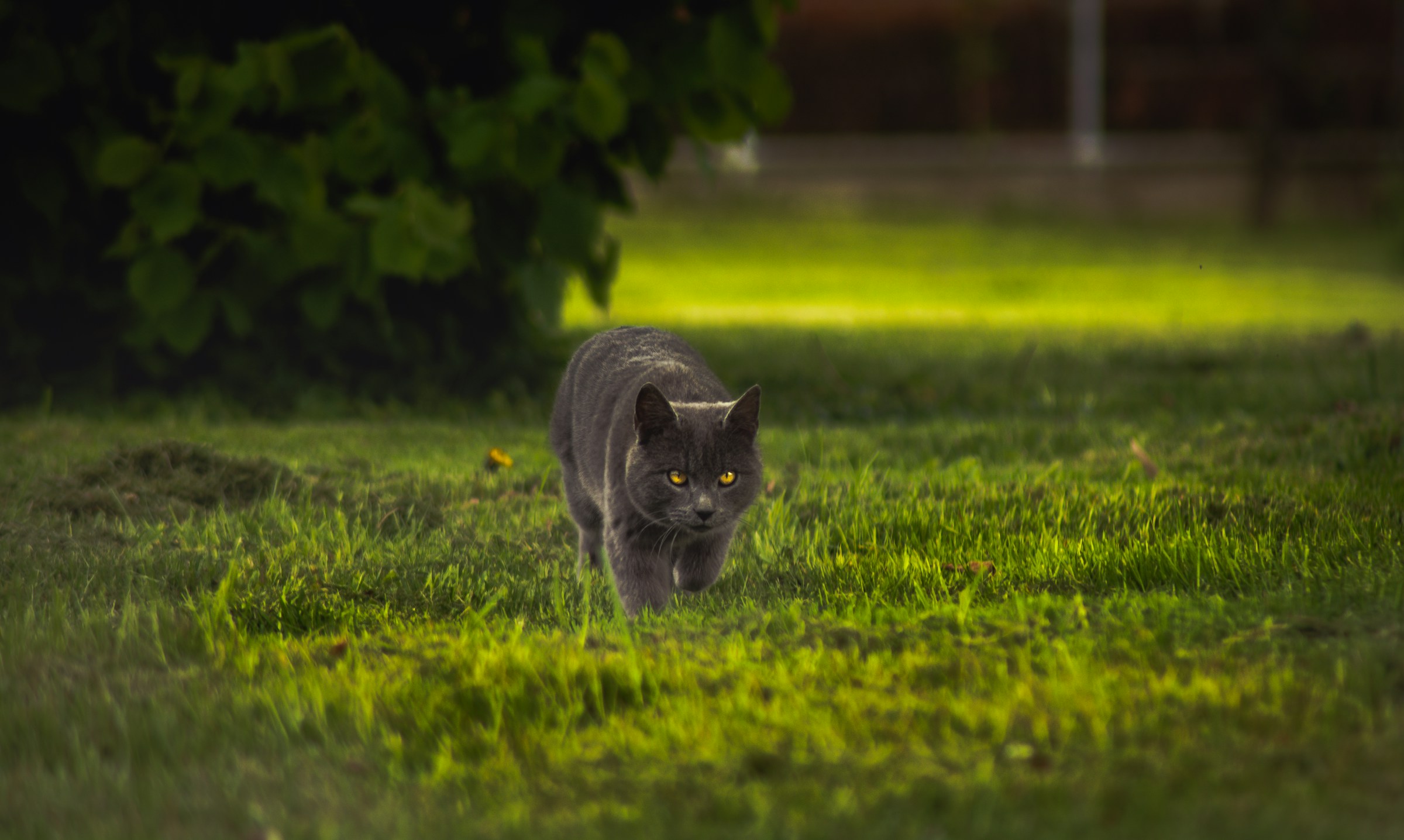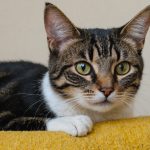Importance of Indoor Exercise for Cats
Cats at home may often experience a sedentary lifestyle, posing significant health risks. Indoor environments, though safe, can lead to weight gain, joint problems, and heart issues. Ensuring regular indoor cat exercise is paramount for combatting these risks. A well-exercised cat is likely to be healthier overall, avoiding the pitfalls of a lazy routine.
In addition to physical health, behavioral enrichment is vital for feline well-being. Cats naturally crave stimulation and can become lethargic or even destructive without it. Regular physical activity reduces the chances of behavioral problems, such as aggression or anxiety, by channeling their energy positively. Activities like interactive play, climbing structures, and chasing toys can provide both physical and behavioral benefits effectively.
This might interest you : Essential Guide: How to Help Your Rescued Street Cat Transition to a Happy Home Life
It’s crucial to remember that mental stimulation is as important as physical exercise for cats. Engaging a cat’s mind through problem-solving tasks or interactive toys enhances their cognitive function, contributing to overall happiness and satisfaction. A stimulating environment with a variety of exercise options can significantly improve a cat’s quality of life. Providing indoor exercise opportunities ensures your cat remains content, healthy, and vibrant.
Suitable Activities for Indoor Play
Exploring new indoor cat activities can keep your feline friend both entertained and healthy. Interactive toys and engaging cat games are wonderful ways to enrich your cat’s environment. Let’s dive into ways to make indoor play captivating.
In the same genre : Crafting a Fun DIY Puzzle Feeder for Your Feline Friend: Step-by-Step Guide
Interactive Toys and Puzzles
Interactive toys play a crucial role in keeping cats mentally engaged. These toys often require your cat to solve simple puzzles to earn treats or capture moving objects, simulating a hunting experience. Puzzle toys, such as treat-dispensing balls and cat circuit toys, are highly recommended. Rotating toys is essential; switch them out regularly to maintain your cat’s interest and avoid boredom.
Creative Play Ideas
Consider DIY cat games made from household items. Examples include crumpled paper balls or cardboard box mazes. Incorporate various play types like chasing, batting, and pouncing. Schedule playtime for consistency, as predictability helps cats feel secure and look forward to their next play session.
Utilizing Vertical Spaces
Climbing and jumping are vital for a cat’s exercise regimen, especially in limited indoor spaces. Incorporate vertical play furniture such as cat trees and wall shelves. When creating climbing structures, safety is paramount. Ensure all furniture is stable and has soft landings to prevent injury. This setup encourages natural behaviours, keeping your cat happy and engaged.
Exercise Routines for Cats
Creating a cat exercise routine can dramatically improve your pet’s well-being. Designing a daily exercise schedule requires thoughtful planning. You should consider your cat’s unique personality and energy levels. Begin by structuring play sessions around their active periods, typically dawn and dusk.
Daily Activity Plan
Incorporating a balanced daily activity plan involves planning both interactive and solo activities. Interactive play is essential for engagement and bonding. Use toys such as feather wands or laser pointers to mimic hunting. This stimulates their natural instincts, keeping them physically and mentally sharp.
Duration and Frequency
The duration and frequency of these sessions matter. Short, intense bursts of activity are more effective than long, drawn-out periods. Aim for 10 to 15 minutes of interactive play multiple times daily. Cats often prefer frequent, shorter sessions rather than one long playtime.
Solo Activities
To encourage independence, include solo activities. Simple solutions like puzzle feeders or automatic toys can keep them entertained. These options are perfect for maintaining daily activity during your absence. Ensure your cat has adequate rest time, which is just as crucial as active time. Balancing play with rest will help maintain a happy, healthy cat.
Safety Considerations for Indoor Exercise
Ensuring cat safety during play is a fundamental priority for pet owners. Before engaging in indoor exercise activities, it is crucial to cat-proof the play area to prevent injuries. This involves removing potential hazards and securing any objects your cat might climb on. Create a safe environment by assessing furniture stability, covering sharp edges, and eliminating small items that could be swallowed.
Exercise monitoring is vital to avoid overexertion, which can lead to health problems. Keep a close eye on your feline’s activity level and energy. If your cat displays signs of fatigue, like heavy panting or lying down for extended periods, give them a break and access to fresh water.
When selecting toys, opt for safe materials that resist tearing or breaking. Avoid hazards like strings or small pieces that could pose choking risks. Choose toys specifically designed for cats, ensuring they are free from detachable parts. Regularly inspect toys for wear and replace them to maintain a safe playtime experience.
By focusing on these safety measures, you can create a secure and enjoyable environment that supports your cat’s health and well-being during exercise.
Testimonials and Case Studies
Real-life examples can provide profound insights into the impact of indoor exercises on cats. Cat owner experiences often highlight transformative improvements in both behavior and overall health. Those who have adopted structured indoor exercise plans report notable changes. For instance, one case involved a formerly sluggish cat who showed increased activity and happiness with daily play sessions.
Real-Life Success Stories
Case studies vividly depict the profound impact of indoor exercise. Before and after scenarios are particularly telling: Cats previously disengaged were observed to become more active and healthier with consistent interaction. Owners frequently emphasize how their pets’ demeanour improved significantly, revealing how stimulating indoor environments can invigorate feline routines.
Feedback from dedicated cat owners who implemented these plans speaks volumes. They often report that structured indoor exercise leads not only to improved physical health but also to enhanced emotional wellbeing for their pets.
Common Challenges and Solutions
Transitioning from outdoor to indoor play is not without obstacles. Challenges such as reluctance or disinterest in play can be common. To counter this, strategies include introducing toys that stimulate curiosity or utilizing treat-based incentives. Recognizing individual cat preferences and gradually introducing changes are crucial. This approach not only helps in reducing any reluctance but also facilitates smoother transitions to indoor exercise routines.
Visual Aids and Resources
Incorporating visual aids for cat play can significantly enhance your cat’s exercise routine. Videos and images offer explicit demonstrations of activities, ensuring you execute them effectively. These aids are particularly beneficial for creating a play guide tailored to your cat’s preferences. When you study these resources, focus on your cat’s response to different stimuli.
For indoor exercise resources, various online platforms offer valuable content. Websites featuring cat behaviourists provide expert insights and detailed tutorials on play techniques. Furthermore, interactive platforms often host vibrant communities where pet owners exchange ideas and strategies.
Educational materials are also pivotal. Understanding your pet’s needs involves continuous learning from credible sources. Many offer practical visual aids for cat play, designed to capture your cat’s attention and stimulate its senses.
Platforms like YouTube host endless educational materials focused on feline activities, empowering owners with the knowledge needed to cater to their pet’s specific requirements. By leveraging these readily available resources, you can craft an engaging and enriching environment for your feline companion. Additionally, joining forums and social media groups focused on cat wellness can provide peer support and innovative suggestions, enriching your ability to meet your cat’s exercise needs.











